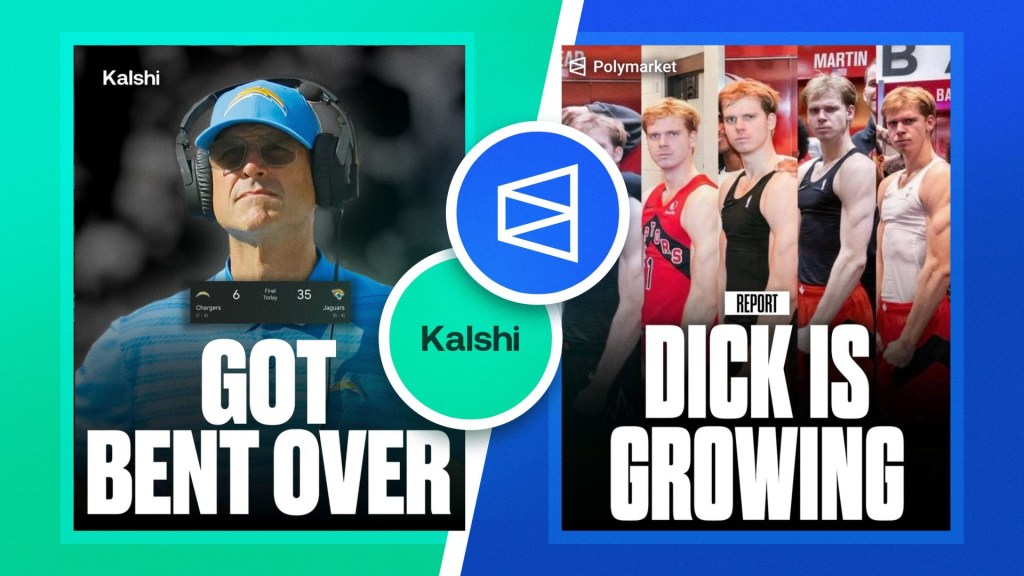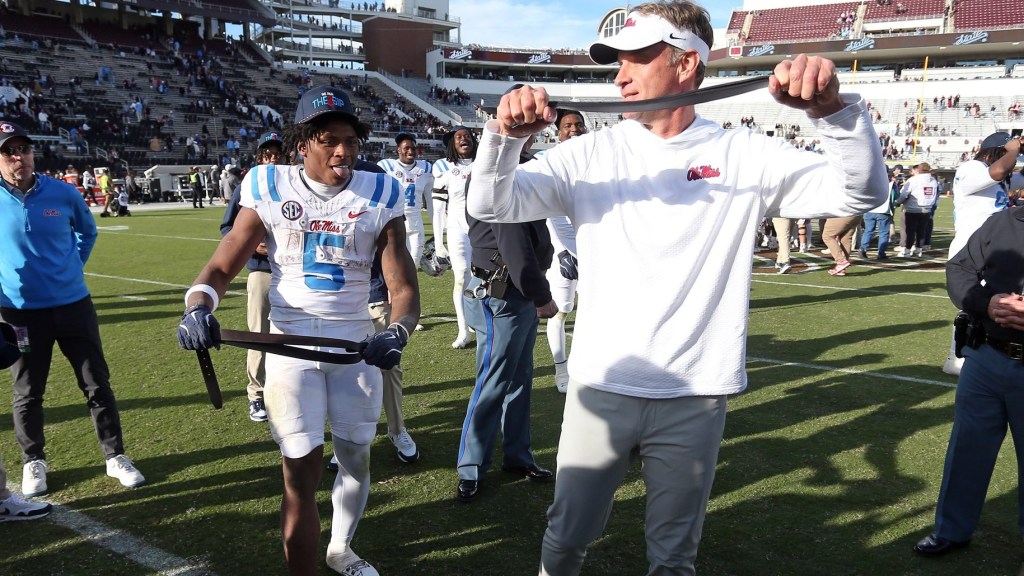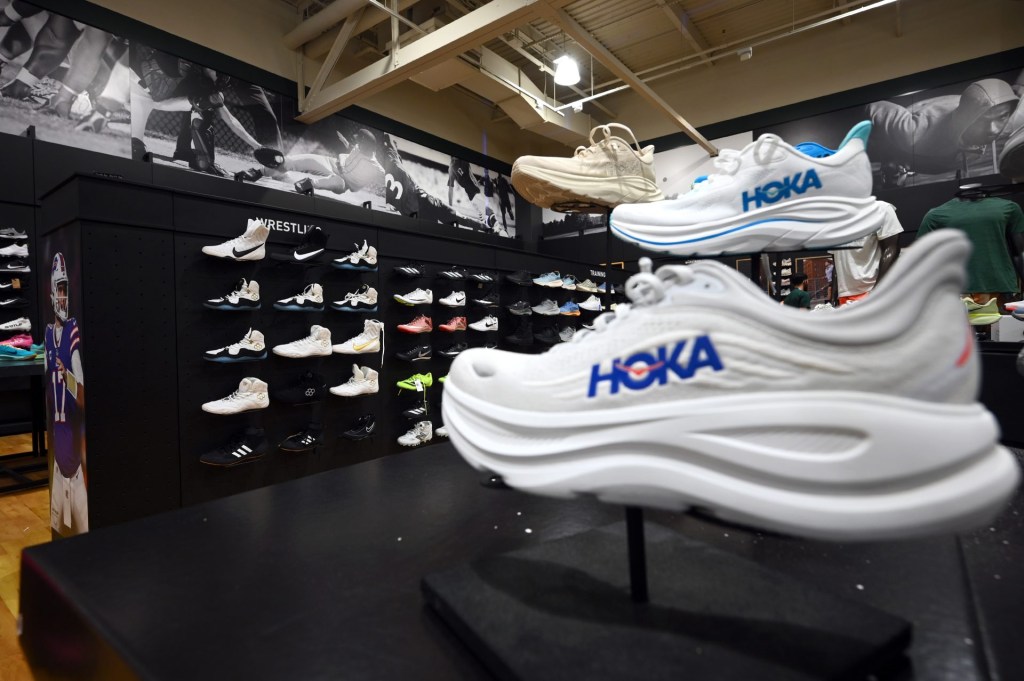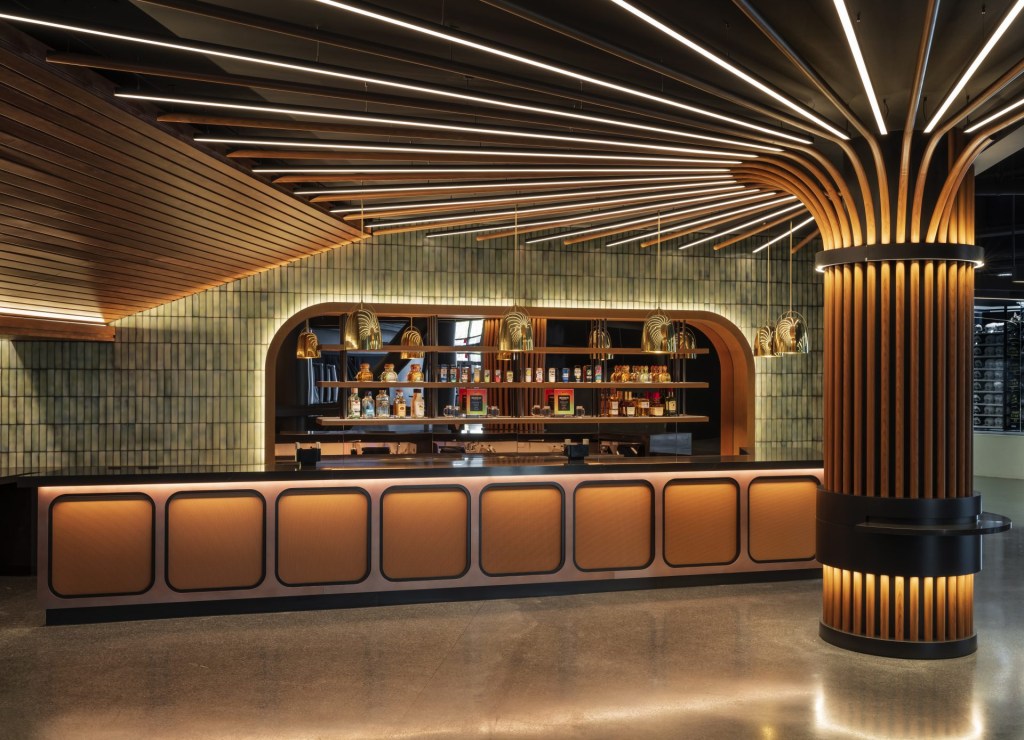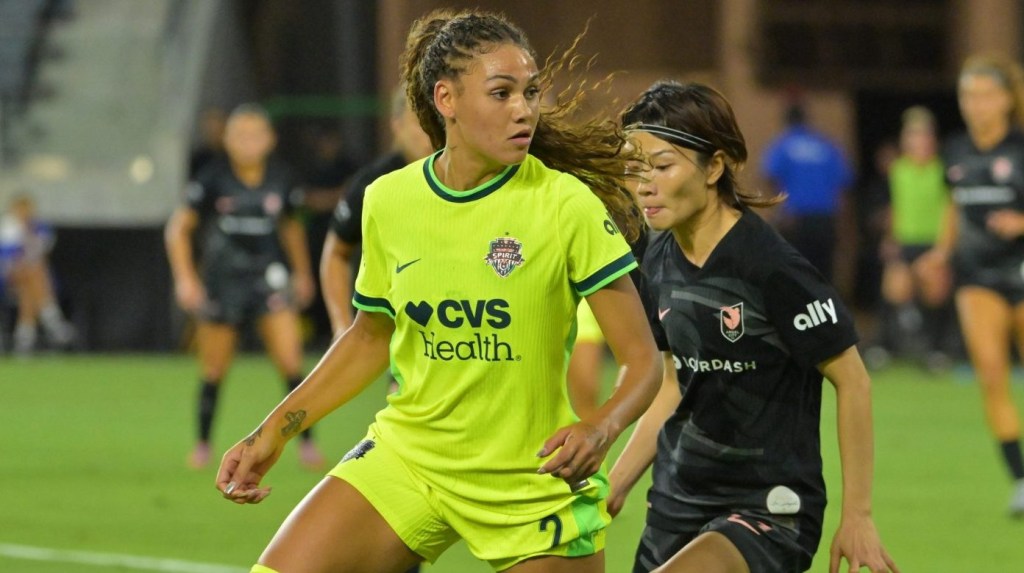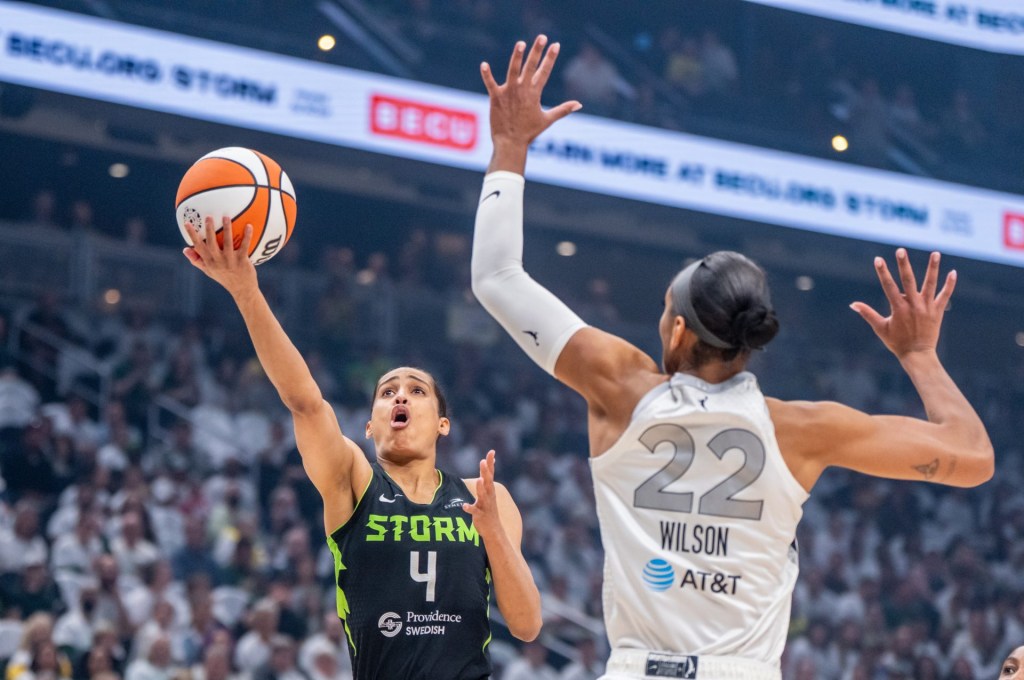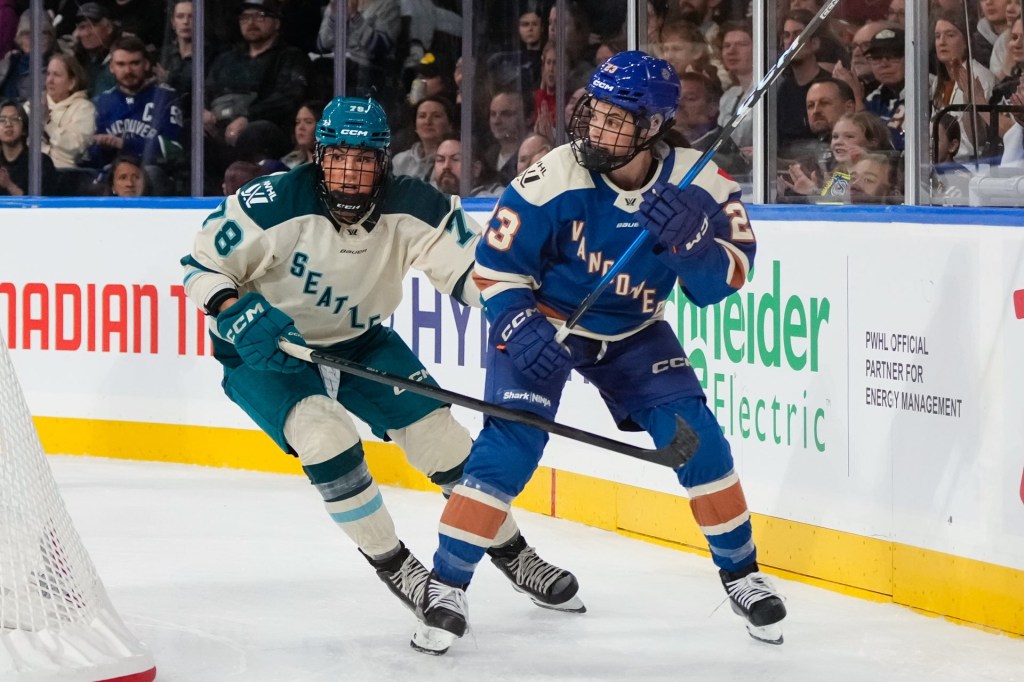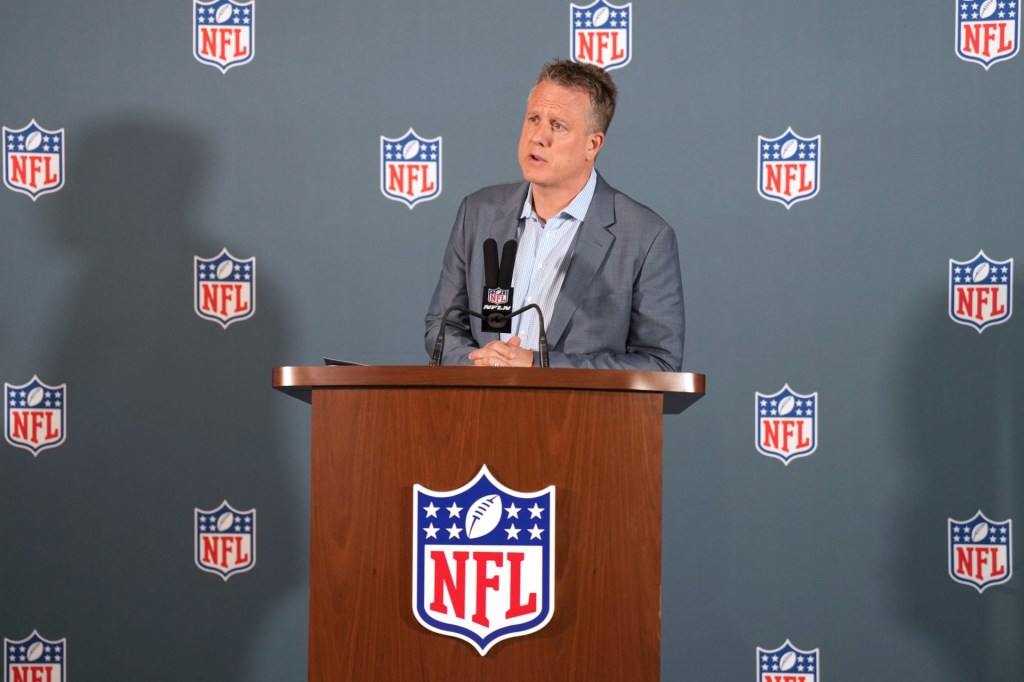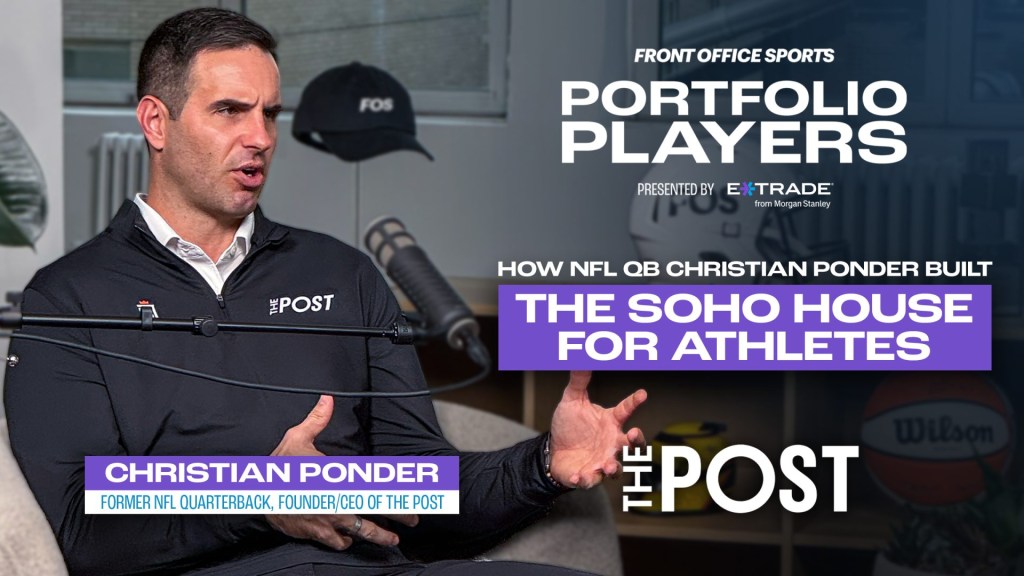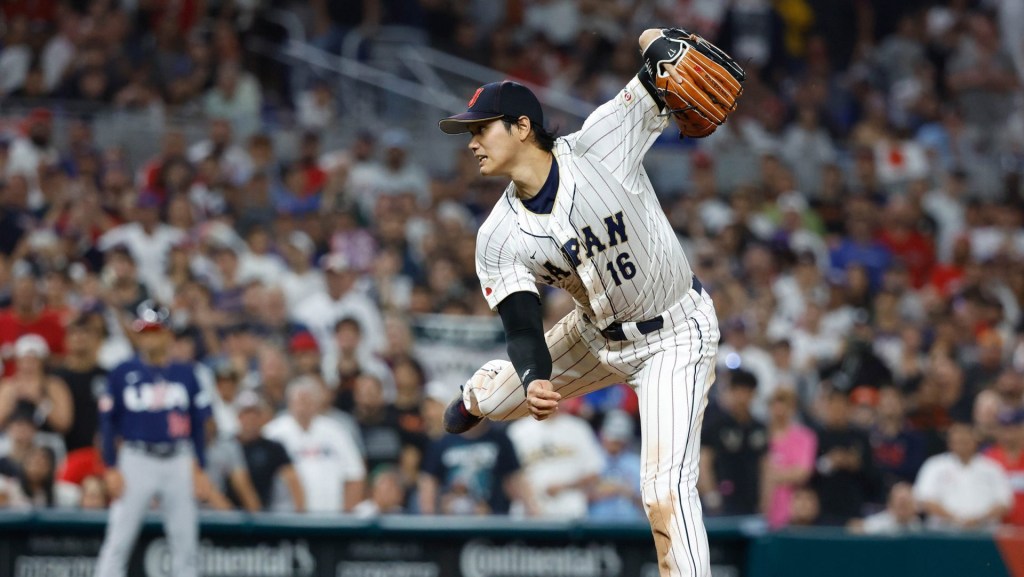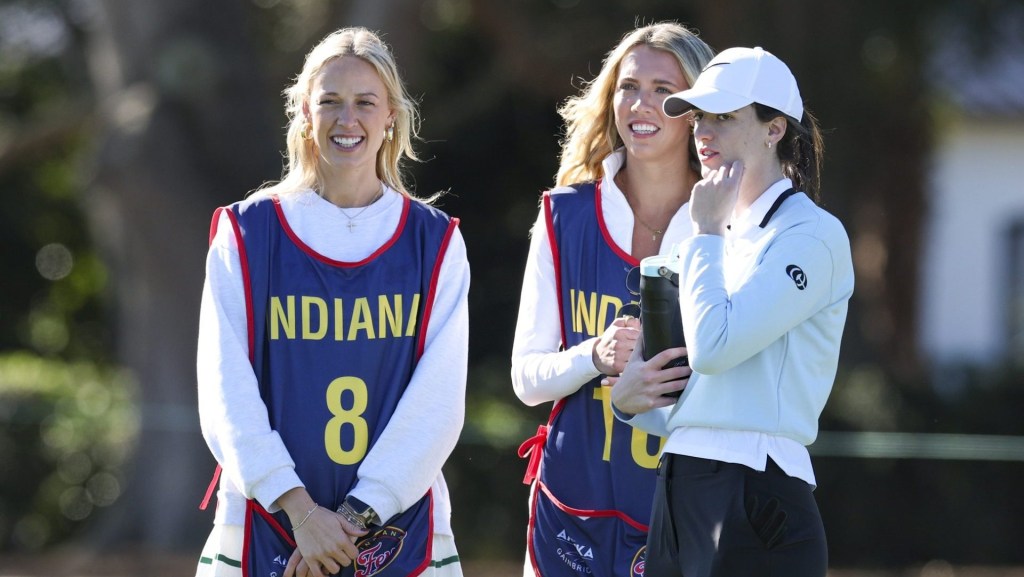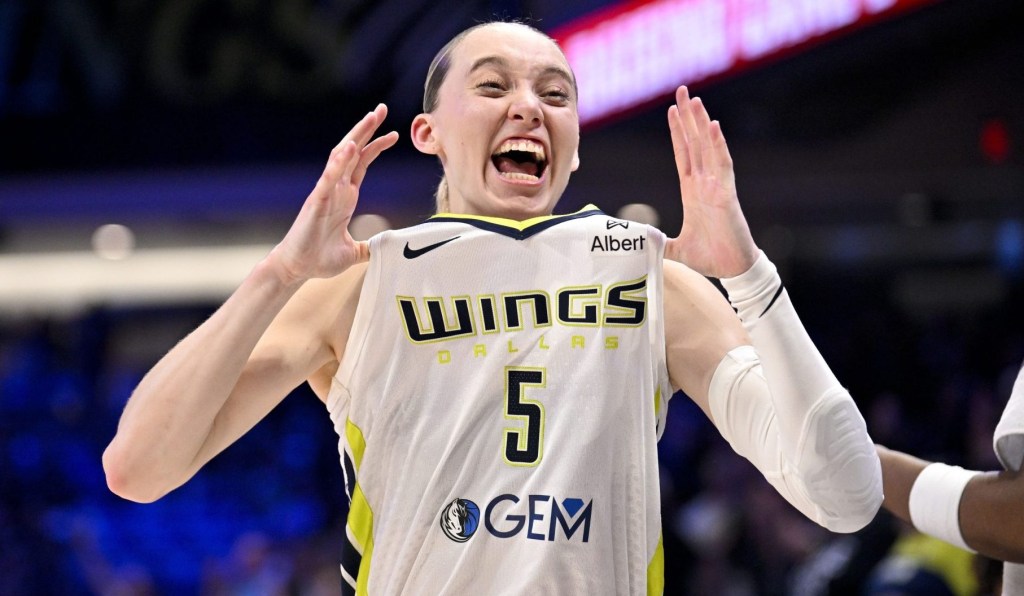The revamped Club World Cup, FIFA’s attempt to profit off club soccer, is winding down its group stage, with the final matches before the knockout stage set for Thursday.
Recent matches competing for the $1 billion purse have been marked by scorching weather across the U.S. The kickoff temperature for Boca Juniors–Auckland City FC in Nashville on Tuesday was 96 degrees. FIFA is instituting three-minute cooling breaks once per half during particularly hot matches. Many games have been scheduled during the midday heat to accommodate European audiences watching on DAZN, the London-based streamer that paid FIFA $1 billion for the tournament.
Attendance has steadied after a few particularly low matches last week. Every match on Sunday, Monday, and Tuesday officially posted at least 16,000 fans, led by more than 70,000 people in Charlotte on Sunday for Real Madrid and more than 60,000 in Miami on Monday for their hometown MLS team against Palmeiras of Brazil.
In some venues including New Jersey and Seattle—typically NFL turf fields—players and coaches have ripped the temporary grass. Paris Saint-Germain manager Luis Enrique criticized the pitch in Seattle after his team’s Monday match. “I wouldn’t imagine a NBA court full of holes,” he said. FIFA requires grass surfaces for its tournaments, an issue sure to reemerge next summer when the U.S. hosts the World Cup.
As for the product on the pitch, the story of the tournament so far has been the performance of the South American clubs, which have more than held their own against the European giants. The rest of the world, perhaps as expected, has largely seen itself out.
Eliminated are Auckland City FC, the amateur representative from Oceania that pulled off a stunning draw in its final match against Boca Juniors, the popular Argentine team that was also eliminated. Teams from Egypt, Tunisia, Japan, South Korea, Morocco, UAE, and Mexico are out. European teams Atlético Madrid and Porto are also gone, as are MLS’s LAFC and Seattle Sounders.
The teams that remain are primarily the anticipated heavy-hitting European and South American clubs. Manchester City, Chelsea, Bayern Munich, and Champions League winners Paris Saint-Germain are in. Interestingly, South American clubs have outperformed some of those teams in the group stages, including Flamengo of Brazil and River Plate of Argentina. Other South American clubs like Brazilian Palmeiras and Botafogo are also advancing, as are Lionel Messi’s Inter Miami and Portuguese club Benfica. The remaining games deciding elimination and seeding are Wednesday and Thursday.
The round of 16, which begins Saturday, is where FIFA can truly start to see whether its Club World Cup experiment has legs. On Saturday, the champions of Europe take on Messi in a full-sized NFL stadium in Atlanta—the only domed venue in the tournament. Brazil’s richest club faces the Bundesliga champions the next day in Miami, which has provided some of the tournament’s highest-attended fixtures.
These are the kinds of matchups FIFA envisioned when it drew up the expanded Club World Cup, placing premier European sides against top clubs from the Americas. For all the trials of the group stage—deafening heat, poor ticket sales, faulty grass, empty stadiums, and lopsided scores—the round of 16 will truly test FIFA’s hypothesis. If players buy in, spectators fill stadiums, and global viewers tune in, FIFA will quickly learn whether the soccer world genuinely cares about its new tournament and whether its 10-figure gamble might just pay off.

